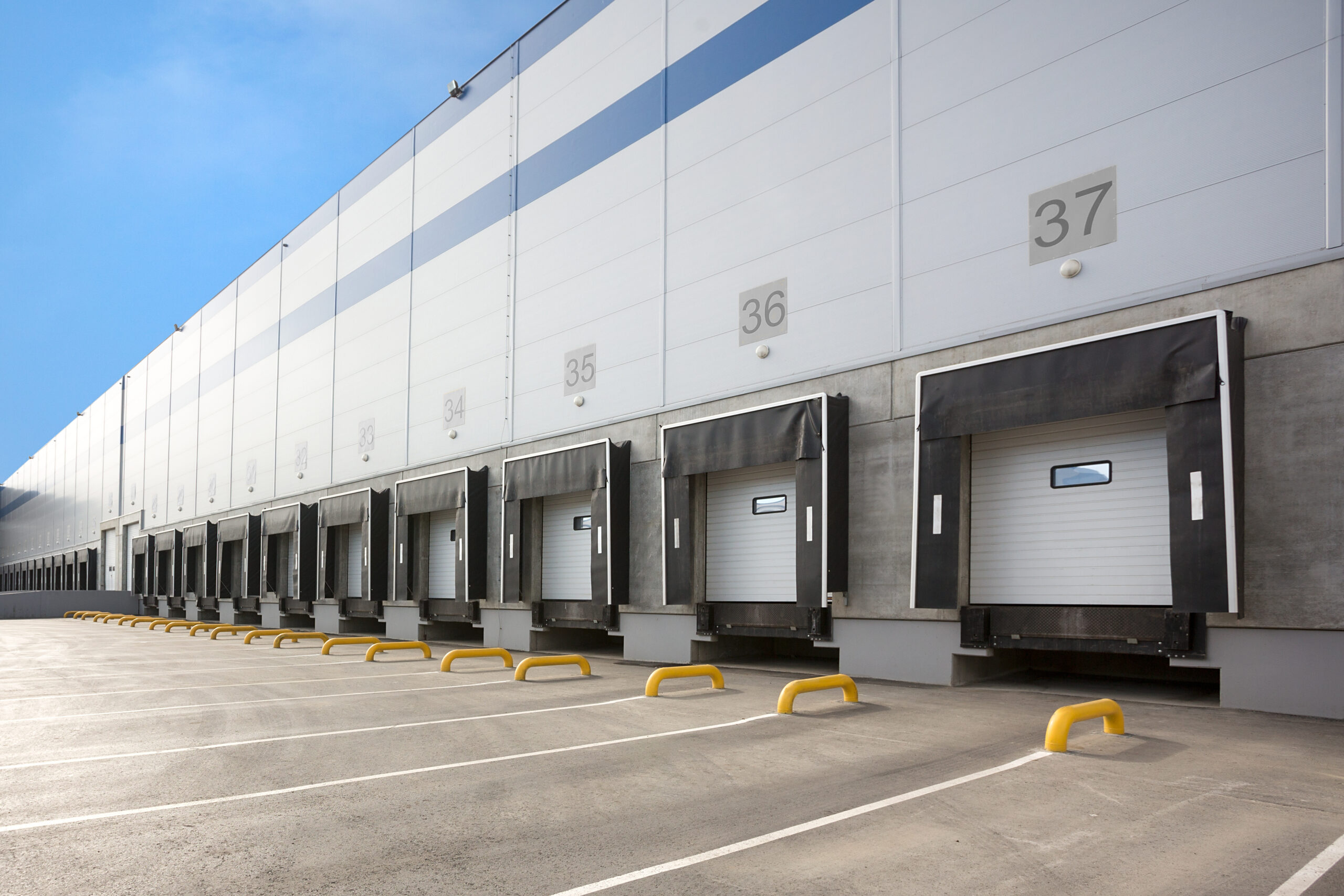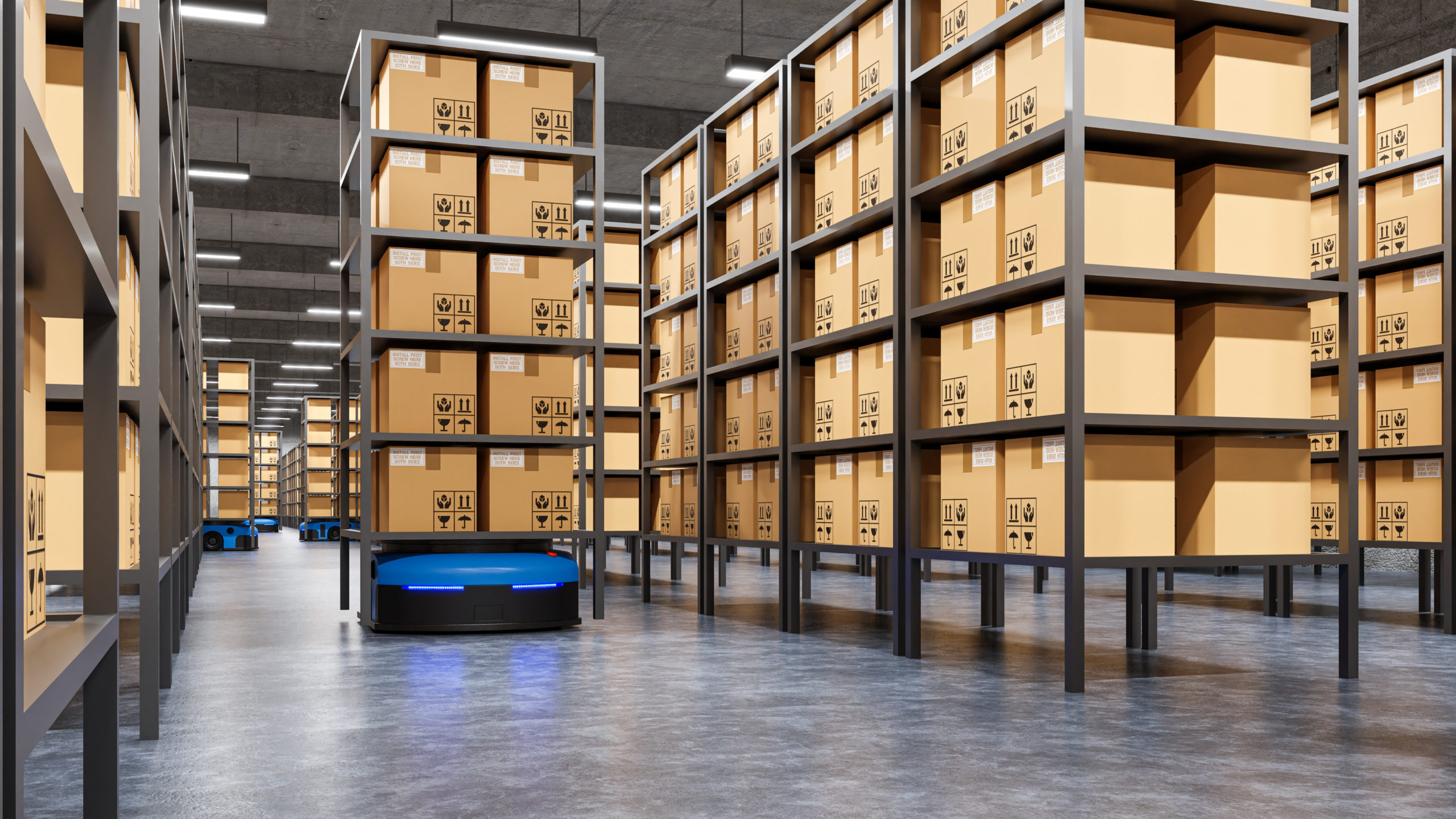Shipping Trends in 2022
The global shipping industry serves as the linchpin of international trade, responsible for transporting more than 80% of the worlds traded goods. Projections indicate that this industry will undergo further expansion in the coming years,. The shipping trends observed in the shipping sector in 20022 were substantially shaped by the influence of digitization and technological advancements. Notably, shipping companies are not only experiencing growth but also contending with a upsurge in volume of goods being transported. This surge includes both domestic and international shipments, driven by the industries continuous expansion. However, these companies have had to navigate a multitude of unprecedented challenges, such as volatile fuel costs and increasingly stringent regulations. Ultimately, shipping is one of the most pivotal sectors globally, facilitating the movement of goods for individuals and businesses. Consequently, ongoing efforts and investments in shipping technologies persistently aim to enhance efficiency and address these multifaceted demands.
What is Digitization?
In business digitization refers to the process of adopting digital technologies and tools to transform various aspects of business operations and processes. It involves leveraging digital technologies to streamline operations, improve efficiency, enhance customer experiences, and drive innovation. Digitization is a key component of the digital transformation that many businesses undertake to stay competitive in today’s digital age.
To learn the differences in freight technology and how your business can adopt a freight platform visit: Freight Automation: The Future of Shipping

1. Robotics
The shipping industry is on the cusp of a significant transformation thanks to advancements in robotic technology. This revolution is poised to bring about faster shipping times and cost reductions. As we approach the end of 2022, it’s projected that approximately 29% of shipping companies will have embraced robotics in some capacity. However, the majority of shipping companies have yet to consider forming business alliances with robotics technology providers.
In parallel, some pioneering companies have initiated trials involving autonomous 18-wheelers on public roads. These trials represent a crucial step towards the adoption of driverless trucks in the industry. While the testing phase is underway, the commercial use of driverless trucks has not yet become a widespread practice.
The integration of robotic technology into shipping operations holds the promise of revolutionizing the industry by enhancing efficiency and reducing costs. It’s an exciting development that underscores the evolving landscape of logistics and transportation. For further insights into automated technologies and their impact on the shipping industry, I recommend reading the provided article.
2. Predictive Analytics
Predictive analytics has emerged as a potent tool within the shipping industry, demonstrating its effectiveness in improving shipping performance and curbing costs. As we move into 2023, the adoption of predictive analytics in shipping operations is anticipated to gain even more momentum. According to projections for Hexa Research, which has assessed shipping trends in and growth up to 2025. Furthermore, it is foreseen that more that 20% of shipping companies will incorporate this technology into their operations.

What are the Leading Shipping Trends?
Shipping software is gaining popularity in the management of global supply chains. Therefore, businesses reliant on shipping services are shifting their focus towards embracing technological advancements to maintain competitiveness. Shipping technology allows for informed decisions that elevate shipping performance while concurrently lowering shipping costs. This strategic shift underscores the pivotal role of technology in modern logistics and supply chain management.
1. A Shift Towards Electronics
The shipping and transportation industry is poised to maintain its momentum in adopting electronic technologies. An example is the (Internet of Things IoT), where interconnected devices facilitate machine-to-machine communication over the internet. This connectivity allows shipping companies to closely monitor the entire shipping process, leveraging data transmitted by sensors. Furthermore, IoT plays a pivotal role in tracking inventory and monitoring shipping status. This comprehensive oversight enables shipping companies to effectively manage various shipping conditions. For example, crew members, cargo, and security concerns. In essence, IoT is revolutionizing the way shipping operations are monitored and managed.
2. Streamlining Labour
Shipping delays often arise due to labour inefficiencies, particularity during peak hours when companies are handling a significant volume of shipments. To mitigate these delays, shipping companies can implement strategies aimed at streamlining labour-intensive activities. This approach serves to reduce congestion both within the warehouse and on the roads. By optimizing workforce productivity and minimizing bottlenecks in the shipping process, companies can enhance their operational efficiency and deliver goods more promptly to customers.
3. Polishing Shipping
As shipping and transportation technologies continue to evolve, shipping companies are increasingly focused on cost reduction and revenue optimization. Utilizing advanced algorithms is a key strategy in achieving these goals. As a result, algorithms enable shipping companies to plan routes based on a multitude of factors. Some of which are weather conditions, traffic congestion and shipping demand. By leveraging this, companies can enhance the accuracy of their shipping schedules and shorten shipping journeys through the use of the most efficient routes. Consequently, this approach not only reduces costs but also contributes to increased revenue, making it a pivotal tool in the industries pursuit of efficiency, profitability and a stable of future shipping trends.
4. Future Shipping Technologies
With the introduction of autonomous drones into the market, shipping companies are actively exploring strategies to expand cargo capacity and provide expedited services. As a result, these drones have the potential to offer a multitude of advantages once tested and implemented.
5. Automation Technology
Freight automation software stands out as one of the most accessible and rapidly adopted solutions in the realm of freight logistics. Its usage across companies has witnessed exponential growth. By leveraging this software, shipping companies can significantly decrease the time dedicated to manual data entry across various facets of the shipping process, thus optimizing their operations. A prominent player in this area, Freightnav, deploys an algorithmic approach to freight automation. This strategic choice diminishes the necessity for prolonged waiting periods at logistical friction points. Moreover, Freightnav seamlessly connects shippers and carriers, facilitating efficient collaboration and contributing to a widespread reduction in freight costs.
Overview
In conclusion, the ongoing technological advancements in shipping and transportation are poised to enable shipping companies to prioritize efficiency and revenue growth. The integration of shipping software and other technological innovations holds the potential to drive cost reduction and expedite the shipping processes. These shipping trends are enabling companies to proactively seek solutions to mitigate delays, particularly during peak hours when shipping demand reaches it’s highest. Undoubtedly, the shipping trends in the industry are progressively directing its attention toward electronic technologies and optimization strategies to enhance its overall performance. To delve deeper into these developments, read more of our blogs for more insights and information.

